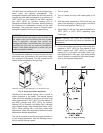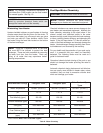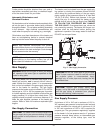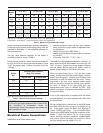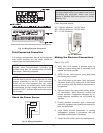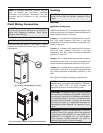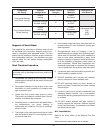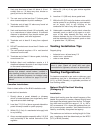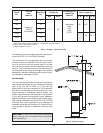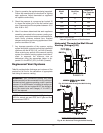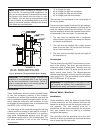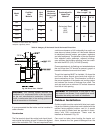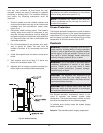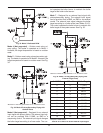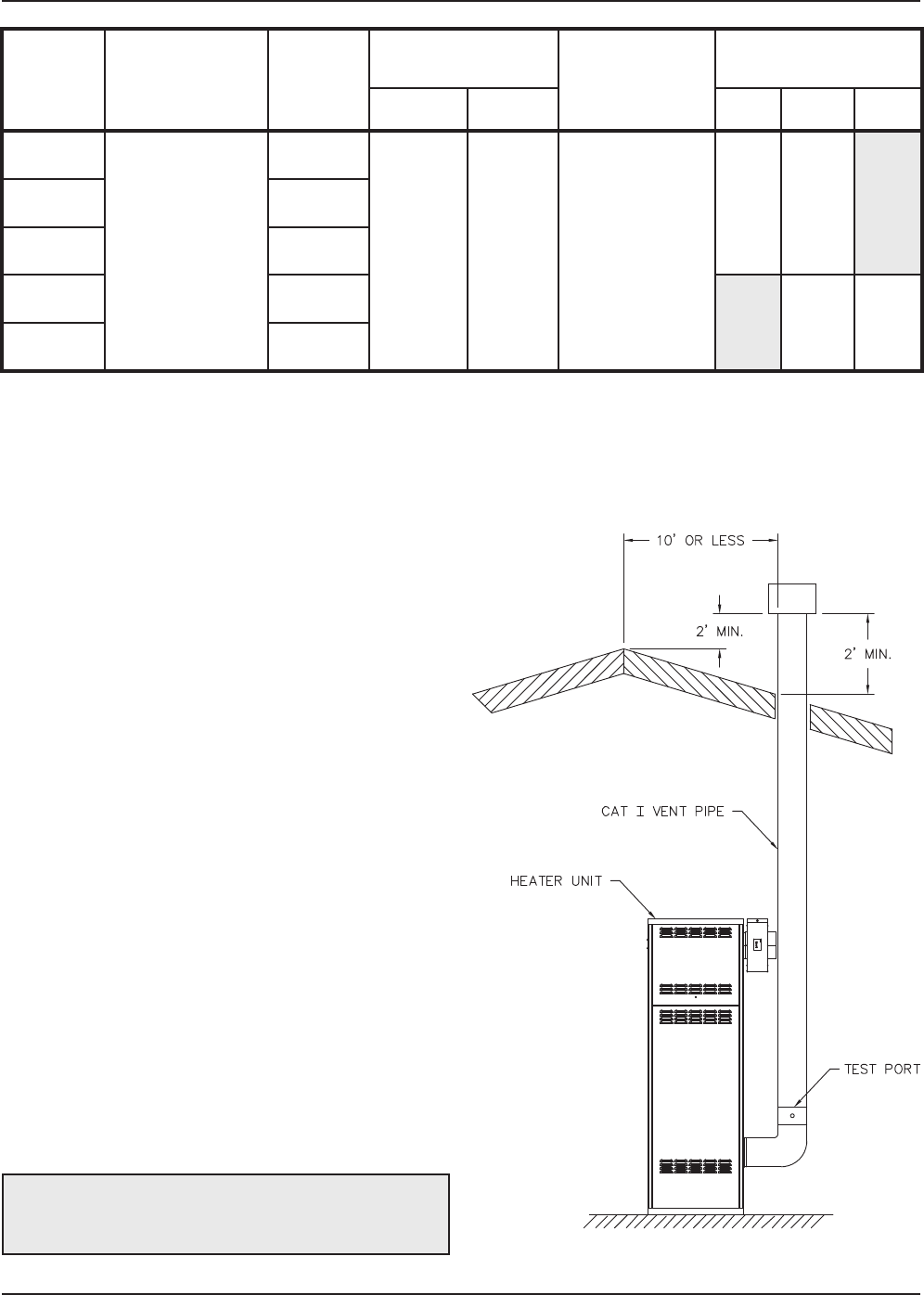
25
Table L: Category I Vertical Venting
1
Vent lengths are based on a lateral length of 2 ft. Refer to the latest edition of the NFGC for further
details. When vertical height exceeds 25 ft, consult factory prior to installation.
* Subtract 10 ft per elbow. Max. 4 elbows.
** Adapters supplied by others.
Fig. 23: Vertical Venting
Model
No.
Certified
Vent
Material
Vent Size
(in.)
Vertical Vent
Height
1
(ft)
Combustion Air
Intake Pipe
Material
Air Inlet
Max. Length* (ft)
Min. Max. 6” Ø 8” Ø 10” Ø
504
Category I
(Type B
Equivalent)
8
5 25
Galvanized
Steel,
PVC,
ABS,
CPVC
45 100**754 10
1104 10
1504 12
45 85**
2004 14
The diameter of vent flue pipe should be sized accord-
ing to the NFGC (U.S.) and B149 (Canada).
The connection from the appliance vent to the stack
must be as direct as possible. The horizontal breach-
ing of a vent must have an upward slope of not less
than 1/4 inch per linear foot from the heater to the vent
terminal. The horizontal portions of the vent shall also
be supported for the design and weight of the material
employed to maintain clearances and to prevent phys-
ical damage or separation of joints.
Termination
The vent terminal should be vertical and should termi-
nate outside the building at least 2 ft above the highest
point of the roof that is within 10 ft. The vent cap
should have a minimum clearance of 4 ft horizontally
from and in no case above or below (unless a 4 ft hori-
zontal distance is maintained) electric meters, gas
meters, regulators and relief equipment. The distance
of the vent terminal from adjacent public walkways,
adjacent buildings, open windows and building open-
ings must be consistent with the NFGC (U.S.) or B149
(Canada). Gas vents supported only by flashing and
extended above the roof more than 5 ft should be se-
curely guyed or braced to withstand snow and wind
loads.
CAUTION: A listed vent cap terminal adequately
sized, must be used to evacuate the flue products
from the building.



